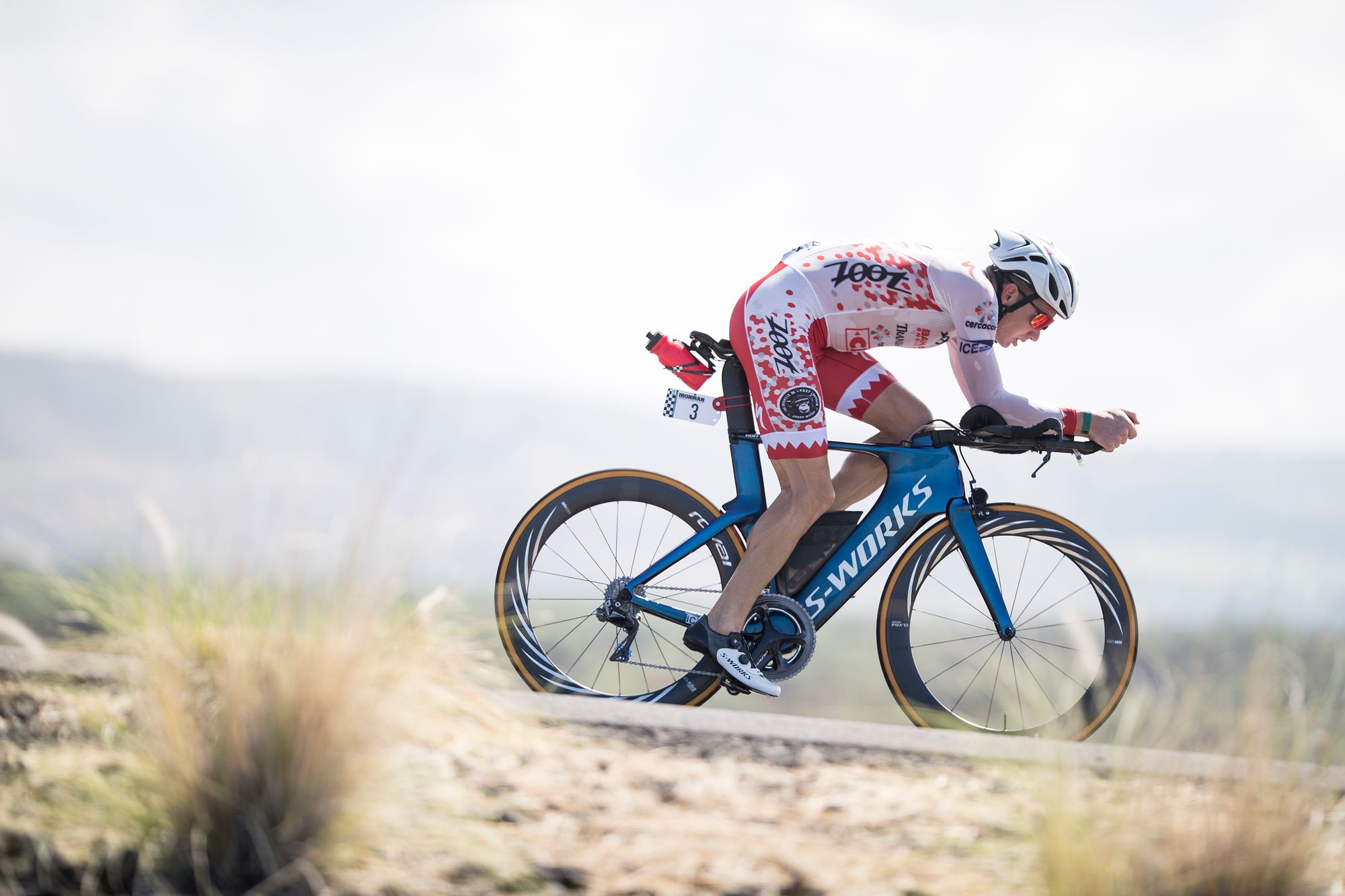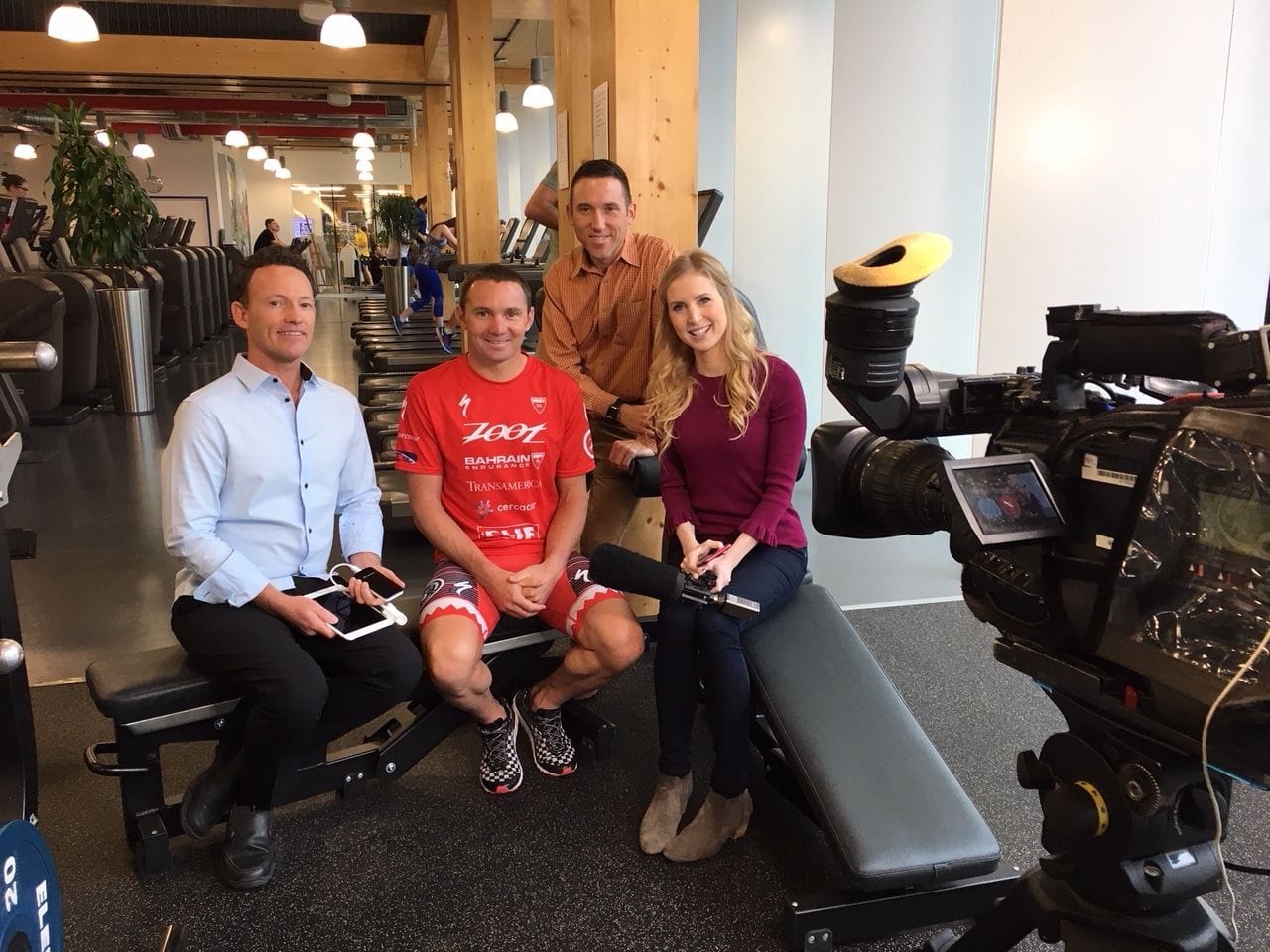By Ben Hoffman, 13x Ironman Champion
Looking backward in racing is not something that I would typically suggest, the race is won in front of you! However, there is much to learn when you look back after your race is complete and even more to consider after an entire season of racing has ended. This is a time to learn what you can about your high points and trouble areas.
With all of the training tools and data collection methods we have available now, it is imperative to your success that you keep track of what you can, and have the ability to look back on the data to build knowledge of your whole picture as an athlete. This year, I was fortunate to be introduced to the groundbreaking Cercacor Ember device, a non-invasive hemoglobin tracker, which allows me to take multiple readings each day that visually demonstrate how my body is reacting to certain stimulus such as training, recovery, mood, and hydration. I use this data to see how particular stimulus affects me on a day-to-day basis, as well as in the big picture of my season. In the Ember app, you can isolate the data you have collected in a specific 2 week period of high intensity and volume and gauge whether you are recovering well and responding positively to it, or if you were overreaching or not giving yourself what you need.
At this stage, my coach and I are mostly looking backward over the data from past year to see any connections between my training and my mental and physical body. There is a lot of good information that comes out of Ironman training blocks, and instead of trying to rely on memory, I can consult the hard data easily by overlaying the Ember readings with my training data and seeing what correlates. Now that I have two full Ironman cycles recorded in Ember, we can zero in on the way my body was responding to training loads, altitude, travel, and racing.

Kona did not go quite to plan this year and hopefully with the data that I have collected, I will be able to zero in on a few of the issues I may have had in my lead-up. For example, in my Ember device, we were able to isolate some interesting trends that show I may have been a little more tired leading into Kona than during my Ironman South Africa block. Noticing if hemoglobin is dropping slightly and pulse rate is rising incrementally as race day approached could be an indication that I may have been a little overdone before the event or the additional stresses were having a negative impact on my recovery.

If you are working with a coach, your Ember data can also be a valuable tool in helping them understand where your body is at during a training cycle. My coach and I work together to analyze the data and draw conclusions about what has happened and what we will do next. For example, before a race in the later part of this year, my coach and I backed my training off a bit because we were seeing a slight downward trend in SPO2 and wanted to be fresh enough in that race to really get a positive training, both physical and mental, response for the bigger picture of Kona.
Another example is helping aid the decision of how long to train at altitude. This year, I left Boulder a little earlier than normal because we had seen a leveling off in my hemoglobin values. This can indicate that I am not reaping the benefits of altitude training as much during this part of my training cycle. Additionally, when it comes to altitude, my coach can better know the exact amount of time where I might get the most benefit so I'm not overdoing it, or if there is even a benefit at all. Instead of applying a more generic training plan to me, we can get super specific and really dial in my program with help from the collected data.
The key to Ember is to non-invasively optimize what you are doing in life. It can help keep you on track for a goal you have or illuminate areas where changes might need to be made in the future.





